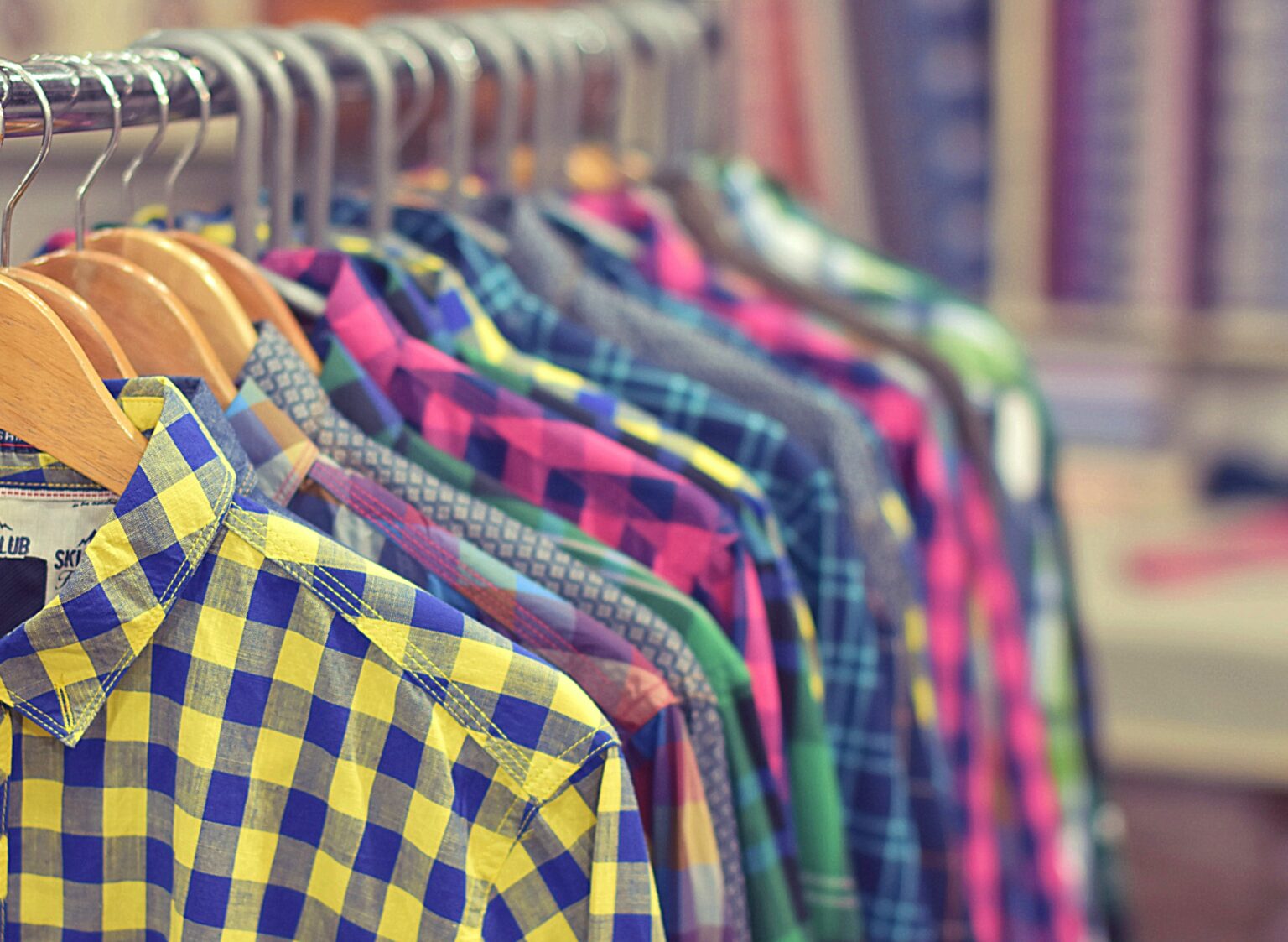Fashion has always been a mirror reflecting the culture and status of the society that wears it. Across civilizations, clothing choices have delineated social, economic, and political structures, and as the years have passed, fashion trends have evolved dramatically to reflect the changing world around us. From the simple and functional attire of ancient humans to the complex designs and fast-paced trends of the modern era, this post explores the fascinating evolution of fashion.
Dressing in the Ancient World
In the ancient world, fashion was as much about function and form as it was about identity. Ancient Egyptians, for example, were known for their fine textiles and elaborate headdresses, which were often symbols of rank and power. The Greeks and Romans cultivated a classical style that has influenced Western fashion for centuries, with draped fabrics and tunics that evolved to represent different roles within society.
Adornment in Ancient Times
Primary materials for clothing were natural fibers like linen, wool, and silk, and the production was labor-intensive, often resulting in draped, tunic-like designs. Adornment was also integral, with jewelry serving a function beyond aesthetics, such as denoting a person’s social standing or serving as protective symbols.
Color and Status
Colored dyes were precious and were indicative of wealth and rank. The vibrancy and rarity of certain colors, such as Tyrian purple, made them the province of royalty and the elite. The poor, on the other hand, often wore undyed clothing or those with muted, natural hues due to the cost and availability of dyes.
Medieval Modesty and Magnificence
The Middle Ages brought about a significant shift in fashion, with a marked increase in the complexity and coverage of garments. Modesty was paramount, especially for women, Gallery Dept and elaborate layering and drapery were used to achieve the desired look of concealment.
Sumptuary Laws and Social Significance
Sumptuary laws regulated what people could wear based on their rank, which further underscored the social hierarchy through dress. Clothing during this era was also a powerful tool for communication, with the type and color of fabric, as well as the adornments, indicating religious affiliation, marital status, and more.
The Rise of Tailoring
Tailoring became more sophisticated during this time, with the development of more fitted garments and the introduction of lacing and buttons for closures. The clothing of the affluent was often extravagant, with rich, heavy fabrics and intricate embroidery.
Renaissance Rebirth in Style
The Renaissance was a time of great cultural and artistic change, and fashion was no exception. This era saw a renewed interest in the classics of ancient Greece and Rome, leading to a shift in fashion towards more natural and graceful forms. Silhouettes began to change, moving from the boxy, heavy shapes of the Middle Ages to more fitted styles that highlighted the human form.
Innovation in Apparel
The 15th and 16th centuries witnessed the invention of the sewing machine and the proliferation of luxury fabrics like silk and lace. These innovations, along with increased trade, allowed for more variety and creativity in clothing design.
Fashion’s Influence Beyond Attire
Fashion became a form of self-expression, with the emergent middle class using their attire to signal their status and aspirations. It also began to seep into other areas of life, inspiring the design of interior spaces and influencing etiquette.
Industrial Revolution and the Birth of Mass Production
The Industrial Revolution had perhaps the most significant impact on fashion, marking the beginning of mass production and the availability of ready-to-wear clothing. The textile industry grew exponentially, leading to a variety of new fabrics and the standardization of sizing.
From Handcrafted to Factory-Made
With machinery, Gallery Dept T Shirt the garment-making process shifted from being handcrafted to a systematic mass production. This revolution allowed for the production of more complex and structured garments at a faster rate than before.
Everyday Elegance in the Victorian Era
In the Victorian era, fashion became a marker of morality and industry, with women’s dress being especially emblematic. The period’s emphasis on virtue was often reflected in the clothing, with high necklines and voluminous skirts being popular styles.
The Twentieth Century: A Century of Style Shifts
The twentieth century saw an unprecedented rate of change in fashion, with each decade bringing forth new silhouettes and social revolutions that were reflected in clothing trends.
Emerging Roles and Clothing
The early 1900s saw the rise of sportswear and ready-to-wear clothing, designed to accommodate the more active lifestyles of women. World War I led to a more practical and austere style, with women joining the workforce and adopting simpler, more utilitarian clothing.
From Flappers to Mini Skirts
The 1920s brought about the flapper style, characterized by short hemlines and a looser, more androgynous silhouette. The 1960s, on the other hand, were an era of liberation, with the mini skirt becoming a symbol of the sexual revolution and women’s rights movements.
The Digital Age and Fashion Today
The advent of the internet and digital technology has transformed the fashion industry in the twenty-first century. With the ability to share and access information globally, trends now spread at a rapid pace, Gallery Dept Shorts and the line between high fashion and streetwear has become increasingly blurred.
Fast Fashion and Ethical Concerns
The rise of fast fashion brands has revolutionized the retail sector, offering affordable, trendy clothing at a breakneck speed. However, the environmental and ethical implications of this model have come under increasing scrutiny.
Personal Branding and Sustainability
Today, individuals use fashion as a means of personal branding, curating their image through their clothing choices and sharing their style through social media. The push for sustainability has also led to a resurgence of interest in vintage and second-hand clothing, as well as an emphasis on ethical production practices.
In conclusion, the story of fashion is one of evolution and revolution, a tale that mirrors the changing tides of society. From the simple garments of our ancestors to the high-tech fabrics of the future, fashion continues to be a dynamic and enduring aspect of human culture. Through the ages, one thing remains constant — our clothing will always be a reflection of who we are, where we’ve been, and where we are going.


